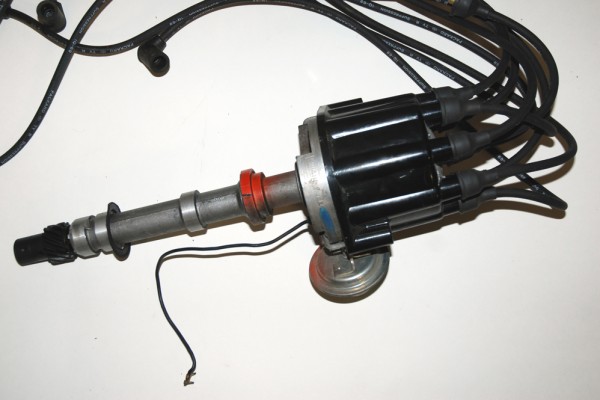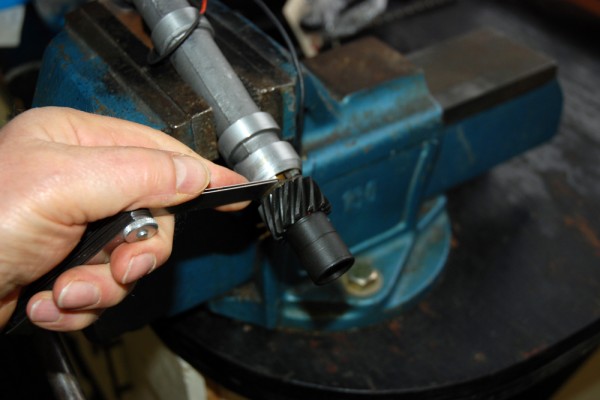By the 1970s, racers knew big roller-cammed motors ran a whole bunch better when converted from a points distributor to an electronic one. Those long duration roller motors idled better and seemed easier to tune with a good electronic setup. Another plus: engines like the big block Chevy—a known spark plug killer—actually became easier on parts.
Today, you can get the performance of an electronic distributor for just about any V8 engine you have. But what if you want that performance with the look of a vintage points distributor? On a recent small block Chevy engine project, we wanted the Delco distributor to look like something we could have built four decades ago. Thanks to Summit Racing, we picked up all the parts we needed to do the job: PerTronix Ignitor III electronic conversion kit, Pertronix 7mm wires and Flame-Thrower coil, Crane adjustable vacuum advance kit, and parts from ACCEL, Moroso, and MSD. The photos will show you how it all went together.
Parts List
PerTronix Ignitor III Ignition Kit
PerTronix Flame-Thrower III Coil
PerTronix 7mm Stock-Look Wires
Moroso Distributor Advance Curve Kit
Note: You can also use ACCEL Rotor and Cap Kit ACC-8120 in place of the MSD rotor and ACCEL cap shown above.















[…] Installing one of these is a straightforward affair, OnAllCylinder’s contributor Wayne Scraba did a full distributor retrofit using a PerTronix Ignitor III module. You can read that story here. […]
[…] Installing one of these is a straightforward affair, OnAllCylinder’s contributor Wayne Scraba did a full distributor retrofit using a PerTronix Ignitor III module. You can read that story here. […]